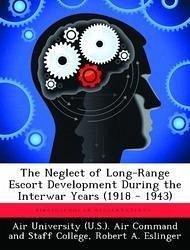Nicht lieferbar

Next-Generation Long-Range Strike: Combating the Tyranny of Distance
Versandkostenfrei!
Nicht lieferbar
Adversary Anti-Access/Area-Denial (A2/AD) capabilities are reducing the efficacy of U.S. land and carrier based short-range strike systems placing U.S. strategy in the Pacific and the Middle East at risk. A lack of forward basing combined with an ever increasing mobile ballistic missile threat to the Navy's carriers will most likely ensure that U.S. forces will have to overcome enormous distances in order to provide a direct attack capability to the combatant commander. Moreover, the preponderance of U.S. long-range strike assets, the legacy bomber fleet, is old, getting harder to maintain, an...
Adversary Anti-Access/Area-Denial (A2/AD) capabilities are reducing the efficacy of U.S. land and carrier based short-range strike systems placing U.S. strategy in the Pacific and the Middle East at risk. A lack of forward basing combined with an ever increasing mobile ballistic missile threat to the Navy's carriers will most likely ensure that U.S. forces will have to overcome enormous distances in order to provide a direct attack capability to the combatant commander. Moreover, the preponderance of U.S. long-range strike assets, the legacy bomber fleet, is old, getting harder to maintain, and is becoming increasingly unable to penetrate modern integrated air defense systems. ... To combat the "tyranny of distance" posed by a war in the Pacific, and in other parts of the world where forward basing is not an option, a next generation of penetrating and persistent long-range strike capabilities is vitally needed to replace the aging legacy bomber fleet. The problem will be how to build it quickly and in sufficient enough numbers so that it is not obsolete before reaching initial operational capability.







